Space

Dec 24th, 2025 - Follow Earth on Google The night sky looks calm, but it's crowded and active. Gas drifts between stars, dust clouds hide newborn suns, and faint galaxies stack up in every direction. Much of that activity never reaches our eyes because it shines at wavelengths we can't see. Infrared light fills in those missing pieces. It reveals cold dust, drifting molecules, and the stretched glow of distant galaxies whose light has traveled for billions of years as the universe expanded. Without infrared ... [Read More]
Source: earth.com
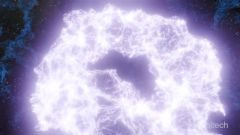
Dec 24th, 2025 - It's quick and easy to access Live Science Plus, simply enter your email below. We'll send you a confirmation and sign you up for our daily newsletter, keeping you up to date with the latest science news. Facebook X Whatsapp Reddit Flipboard Join the conversation Add us as a preferred source on Google Newsletter Subscribe to our newsletter Scientists may have witnessed a massive, dying star split in two and then crash back together, triggering a never-before-seen double explosion. The explosion ... [Read More]
Source: livescience.com
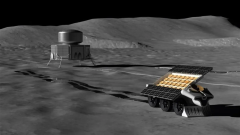
Dec 24th, 2025 - Astronomers love a challenge. They place their observatories on the highest mountains , in the driest deserts, on the coldest ice shelves, beneath the deepest oceans, in orbit around Earth and the Sun , and at the farthest-flung outposts of the Solar System . But now, they're planning to build telescopes on the far side of the Moon. These instruments will probe one of the last unexplored windows on the Universe. Here, astronomers hope to get a glimpse of the elusive Cosmic Dawn , the moment ... [Read More]
Source: sciencefocus.com
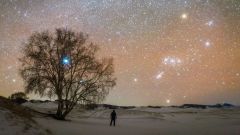
Dec 24th, 2025 - It's quick and easy to access Live Science Plus, simply enter your email below. We'll send you a confirmation and sign you up for our daily newsletter, keeping you up to date with the latest science news. Facebook X Whatsapp Reddit Flipboard Join the conversation Add us as a preferred source on Google Newsletter Subscribe to our newsletter Winter in the Northern Hemisphere is the best season for stargazing with binoculars. The nights are long, the air is cold and the stars seem brighter than in ... [Read More]
Source: livescience.com
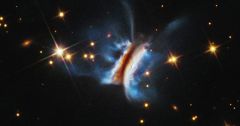
Dec 24th, 2025 - A star is born out of a giant cloud of gas and dust collapsing under its own gravity. As gravity pulls the gassy material inwards, some material is left swirling around the star. Over time, the momentum of the spinning material flattens it into the shape of a pizza-like disk, often called a protoplanetary disk. If all this makes it look like it's just a giant cookie of gassy debris, then you're incorrect. These celestial disks don't just offer a cradle for the star to be born, but also become ... [Read More]
Source: greenmatters.com
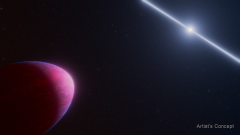
Dec 24th, 2025 - It's quick and easy to access Live Science Plus, simply enter your email below. We'll send you a confirmation and sign you up for our daily newsletter, keeping you up to date with the latest science news. Facebook X Whatsapp Reddit Flipboard Join the conversation Add us as a preferred source on Google Newsletter Subscribe to our newsletter A distant exoplanet appears to sport a sooty atmosphere that is confusing the scientists who recently spotted it. The Jupiter-size world, detected by the ... [Read More]
Source: livescience.com
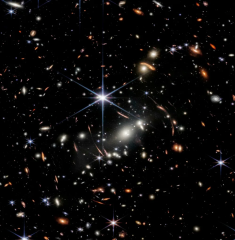
Dec 23rd, 2025 - When the James Webb Space Telescope (JWST) launched on Christmas Day 2021, astronomers hoped it would revolutionise our understanding of the early stages of the Universe. And they were right. Almost as soon as the telescope was switched on, astronomers saw something surprising: there seemed to be big, bright galaxies everywhere in the early Universe. They had predictions about how many galaxies they should see and how large those galaxies would be, but there were far more of them than they had ... [Read More]
Source: sciencefocus.com
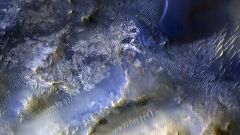
Dec 23rd, 2025 - It's quick and easy to access Live Science Plus, simply enter your email below. We'll send you a confirmation and sign you up for our daily newsletter, keeping you up to date with the latest science news. Facebook X Whatsapp Reddit Flipboard Join the conversation Add us as a preferred source on Google Newsletter Subscribe to our newsletter A few months from now, a NASA spacecraft called the Mars Reconnaissance Orbiter (MRO) will begin its 20th year of observing the Red Planet from above. And, ... [Read More]
Source: livescience.com
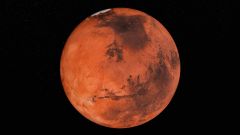
Dec 23rd, 2025 - The Mars Perseverance rover has been investigating the Jezero Crater and came across something that is not native to Mars at all. It is a meteorite that collided with the red planet. Though various rovers have found meteorites on Mars before, this is the first time NASA's Perseverance rover has found one on its journey to look for signs of life on Mars — though it might be worth mentioning that the Perseverance has been exploring Mars since it landed in February 2021, and the rover ... [Read More]
Source: bgr.com
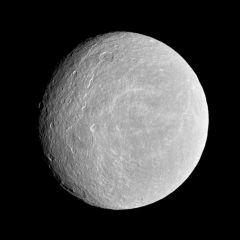
Dec 23rd, 2025 - Across the span of 1671 through 1684, Italian-French astronomer Giovanni Cassini discovered four moons of Saturn while working under the patronage of King Louis XIV. Cassini collectively named the four "Sidera Lodoicea" – the "Stars of Louis." But they're better known as Iapetus, Rhea – his second find, discovered Dec. 23, 1672 – Tethys, and Dione. Rhea is the fifth closest moon to its planet, and the second largest of Saturn's moons. Only Titan, discovered by Christaan ... [Read More]
Source: astronomy.com
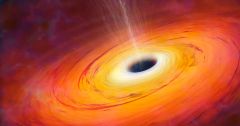
Dec 22nd, 2025 - Supermassive black holes are an anomaly that sits quietly at the centers of galaxies, holding gas and stars closer with their powerful gravity. But now scientists have discovered a mind-boggling phenomenon: a supermassive black hole skyrocketing through space. According to a new study , NASA's James Webb Space Telescope (JWST) captured the runway black hole that measures about 10 million times larger than the sun and moving at a speed of 2.2 million miles per hour. The supermassive black hole ... [Read More]
Source: greenmatters.com
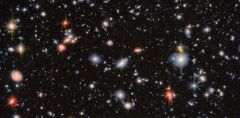
Dec 22nd, 2025 - The universe may be lopsided – new research The shape of the universe is not something we often think about. But my colleagues and I have published a new study suggests it could be asymmetric or lopsided, meaning not the same in every direction. Should we care about this? Well, today's "standard cosmological model" – which describes the dynamics and structure of the entire cosmos – rests squarely on the assumption that it is isotropic (looks the same in all ... [Read More]
Source: theconversation.com

Dec 22nd, 2025 - Follow Earth on Google Astronomers have finally watched a hidden partner star move in an almost perfect circle around a bloated red giant about 530 light years away. The system, called pi1 Gruis, offers an unusually clear preview of how close companions can reshape dying stars like our Sun billions of years from now. Pi1 Gruis started with roughly the Sun's mass, yet it has ballooned to hundreds of times the Sun's size and now outshines it thousands of times over. By catching a nearby companion ... [Read More]
Source: earth.com
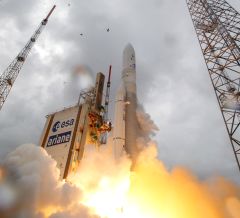
Dec 21st, 2025 - When NASA's $10 billion James Webb Space Telescope (JWST) rode safely to space on an Ariane 5 booster from Europe's Spaceport in Kourou, French Guiana, the liftoff at 7:20 A.M. EST on Dec. 25, 2021, marked the end of a development full of delays and cost overruns — and the beginning of the telescope's month-long journey to its destination nearly 1 million miles (1.5 million kilometers) from Earth. JWST originated in a 1996 report put together by a panel of astronomers attempting to plan ... [Read More]
Source: astronomy.com

Dec 20th, 2025 - Follow Earth on Google Seven tiny grains of dust from China's Chang'e-6 Moon mission have revealed traces of an unusually fragile, CI chondrite meteorite in lunar soil. It is the first confirmed time that this specific meteorite type has been found on the Moon. The CI chondrites found on the Moon are rare, water-rich stony meteorites that carry many easily-evaporated elements. Their survival inside Moon soil suggests that ancient water-bearing asteroids once bombarded the Earth Moon system more ... [Read More]
Source: earth.com

Dec 20th, 2025 - Follow Earth on Google At sunset on January 21, 2024, a European orbiter captured the curved edge of Mars as seen against empty space, glowing with dozens of razor-thin layers. The images resolve the atmosphere at 59 feet (18 meters) per pixel, according to a new study . ESA's ExoMars Trace Gas Orbiter ( TGO ) flew about 250 miles (400 kilometers) above Terra Cimmeria in the southern highlands, and looked back through twilight. Its Color and Stereo Surface Imaging System, or CaSSIS, ... [Read More]
Source: earth.com